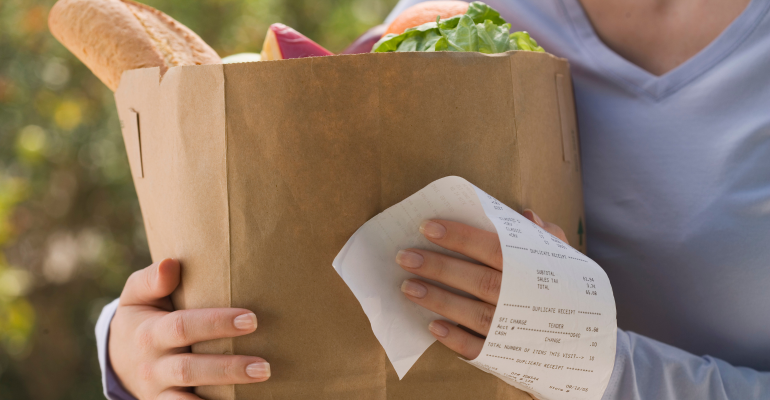Consumers largely blame government policies for high grocery prices, according to a new survey.
The survey, from consumer survey company The Feedback Group, surveyed some 1,150 consumers nation-wide about their experience shopping in supermarkets for food and groceries.
Supermarket shoppers rated a variety of entities and factors, using a five-point scale where five is “highly responsible” and one “not at all responsible” as to their degree of responsibility for higher prices in supermarkets.
Government policies and actions received the highest mean score (3.86), and thereby were viewed as the most responsible. Product manufacturers and suppliers scored second most responsible (3.75), followed more distantly by wars and worldwide political conflicts (3.42), supermarket retailers (3.40), and labor supply shortages (3.23). Factors viewed as least responsible were climate change factors (2.85) and farmers and growers (2.78).
Doug Madenberg, chief listening officer of The Feedback Group, commented, “In this politically charged environment, supermarket shoppers believe that government policies are the leading influence on higher supermarket prices. Product manufacturers and suppliers follow closely behind, while supermarkets are viewed as further down the list, along with other factors. More holistically, what emerges is a picture of multiple factors that the average consumer navigates, all contributing in various degrees to the price tag they face at the checkout.”
Shoppers continue to overestimate supermarket profit margins
Grocery shoppers were asked, from the money spent at their primary store, how much they think is left for profit, after the store pays all expenses and taxes. On average, shoppers indicated they believe their primary store has a net profit of 31%, a slight decrease from the results the last two years of 35% (2023) and 33% (2022). According to FMI – The Food Industry Association, the average net profit for a supermarket has been close to 1% historically (and as high as 3% in 2020).
Message to supermarkets from shoppers: Enhance inflation support and communication
Supermarket shoppers were asked to rate if their primary supermarket is on their side when it comes to inflation, and also asked them to rate if their store is good at communicating why product prices have risen in the past few years. In both cases, on a five-point agreement scale, shoppers gave supermarkets relatively low scores of 3.23 and 3.01, respectively.
“Clearly shoppers believe supermarkets could do more in terms of supporting them when it comes to fighting inflation, as well as communicating why product prices have increased. This is especially important in light of the inaccurate profit perception we continue to find in our research,” concluded Brian Numainville, a principal at The Feedback Group.
The research findings are available to supermarket retailers, distributors, and other food industry companies here.





